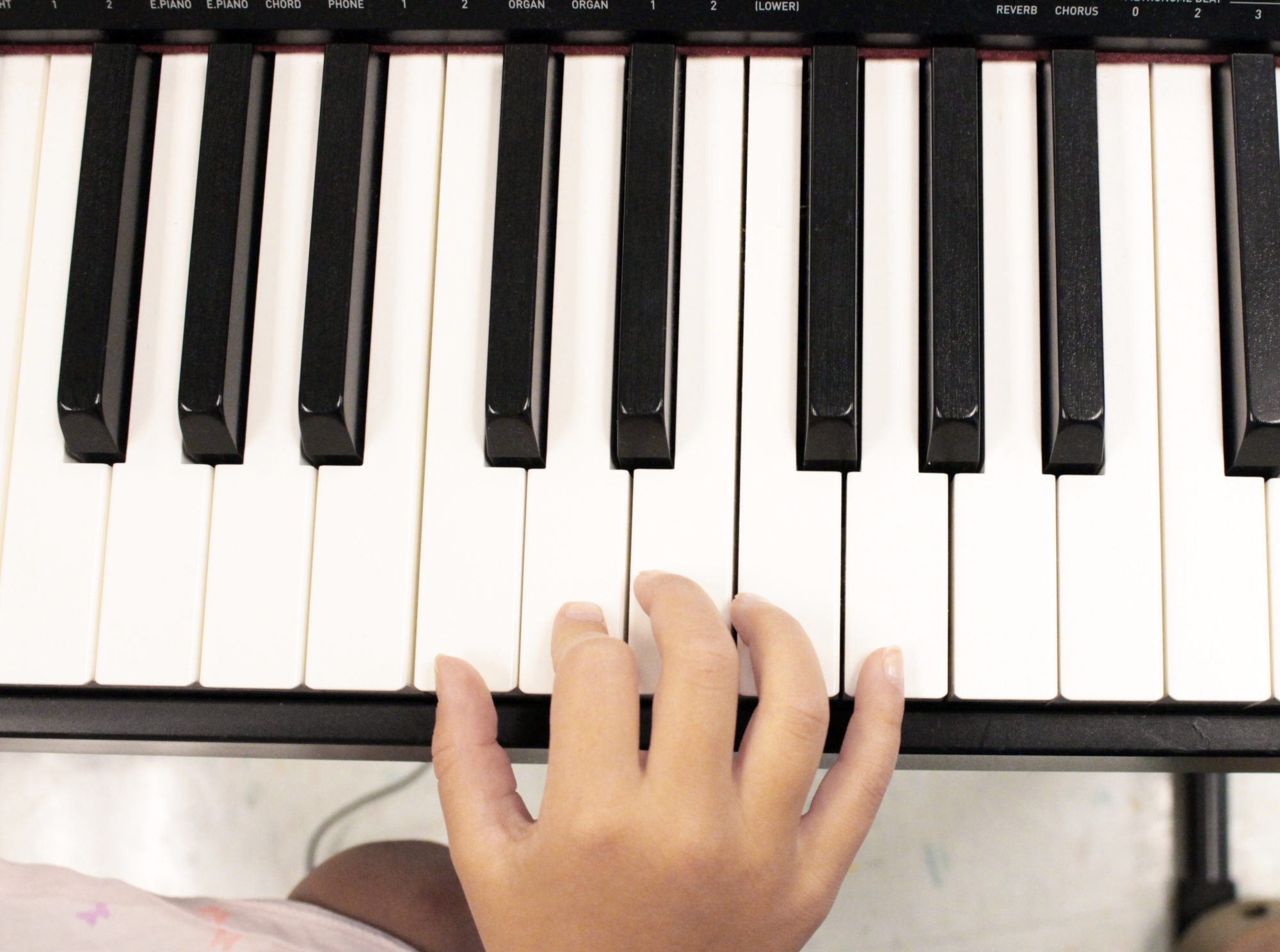 December is a special time of year. One of the most enjoyable parts is Peter Ilyich Tchaikovsky’s ballet, The Nutcracker.
December is a special time of year. One of the most enjoyable parts is Peter Ilyich Tchaikovsky’s ballet, The Nutcracker.
 I read my classes Susan Jeffer’s adaptation of the story as an introduction to the story. Here is a link to the book.
I read my classes Susan Jeffer’s adaptation of the story as an introduction to the story. Here is a link to the book.
Note: I do edit the story, removing the last page or two, ending when Marie awakes, as it aligns better with the Baryshnikov version of the ballet. I also verbally change the word ‘godfather’ to ‘uncle’ during the reading. An important point to make is that the story takes place in Winter, when many cultures around the world celebrate important holidays like Kwanzaa, Hannukah, Eid and Christmas. Even though the family in this story celebrates Christmas, any other holiday could be substituted without changing the gist of the story much. Be sure to emphasize the literary concept of showing and not telling in the context of Marie’s falling asleep being the beginning of her dream, which is what the rest of the ballet is. This, along with a reminder that most of the characters are inspired by the toys and puppet show of the party, are particularly helpful for children that get scared of the mouse king.
Here is a video of me doing the reading as I do in class:
Worthy of note is that watching the performance each year allows me to prompt the students to reassess their interpretation of the ballet, both in story and dance. A 2nd grader’s eyes and brain are different from a 1st grader’s or Kindergartener’s. I prompt 2nd grade students to be aware of this difference and notice it. One scene where this is obvious is when the toys dance. Kindergarteners will debate whether the dancers are ‘real’ or dancing toys. 2nd graders see them for what they are and are beginning to be capable of appreciating the skill of the dancers. This is an important connection for them.
 Next, we watch the performance of the Ballet featuring Mikhail Baryshnikov and Gelsey Kirkland.
Next, we watch the performance of the Ballet featuring Mikhail Baryshnikov and Gelsey Kirkland.
If you do watch the ballet, make sure to take advantage of the opportunities for movement. The ballroom scenes are wonderful for this as well as the other ensemble dances, (snowflake, mouse, etc). Even some of the individual dances are great for mimicry. Marie’s dance with the nutcracker doll after receiving it is a great opportunity for this.
I found a copy of it on YouTube, but who knows how long it will last:
This is the order of the dances and the times in the video:
1. Overture [1:36]
2. Introduction Start of Act I [3:10]
3. March of the Wooden Soldiers [6:44]
4. 1st Doll Dance [1:02]
5. 2nd Doll Dance [1:23]
6. 3rd Doll Dance [2:25]
7. Nutcracker Dance [6:25]
8. Mice & Soldiers [12:25]
9. Snowflake’s Dance [6:23]
10. Overture Start of Act Two [5:59]
11. Spanish Dance (Represents Chocolate) [1:17]
12. Chinese Dance (Represents Tea) [1:08]
13. Court Jester’s Dance [2:44]
14. Marzipan Dance [2:42]
15. Russian Dance (Represents Candy Canes) [:57]
16. Flower Dance [7:41]
17. Sugar Plum Fairy Dance [9:09] (Clara/Marie)
18. Finale [4:49]
During the viewing, there are several opportunities for students to get up and move.
Opportunities for movement (dance mimicking the dancers on screen):
6:30 -> 9:00 (Ballroom Dance)
16:30 -> (Nutcracker Dance)
19:55 -> 21:15
24:00 -> (Mouse Dance)
36:30 -> 40:30 (Dance of the Snowflakes)
48:30 -> 50:15 (Chinese (Sweet) Tea)
50:30 -> 52:50 (Dance of the Jesters)
58:30 -> 61:00 (Dance of the Flowers, Watch beginning)
In culmination, the students receive one of two worksheets to complete.
Younger students can choose from several coloring sheets depicting different characters.

Older students are given more range in how to express their ideas. Illustrations are allowed in the box on the front side and written responses are completed below. On the back is a coloring sheet featuring the main characters in the ballet. Just for fun.

Duke Ellington’s Arrangement
I try to spend as much time as possible discussing Duke Ellington’s version of The Nutcracker. It is a very significant work for several reasons. When Ellington and his writing partner, Billy Strayhorn, decided to arrange The Nutcracker, it was an attempt at making the work relevant for modern audiences. After all, the popular music of the time was Jazz.
However, the aspect of this rendition that I focus on is that it was a Jazz rendition of The Nutcracker. Jazz is a very important music culturally in America. Jazz was first developed in New Orleans in the early 20th century by immigrants from France, Spain, Africa, the Caribbean and other places around the world. This is truly something that could only happen in America, with its population of immigrants. Jazz is a true musical expression of the American “melting pot.” Because of this, Jazz is widely considered the sound of freedom.
Comparing Tchaikovsky with Ellington in the context of The Nutcracker goes deeper than simply analyzing music. The cultural relevancy must also be explored. To help students do this, I will ask 2nd and 3rd graders to use this worksheet to organize their ideas and express them in a written mode.

If you have Spotify, here is a link for you to listen to Ellington’s version of the Nutcracker.

